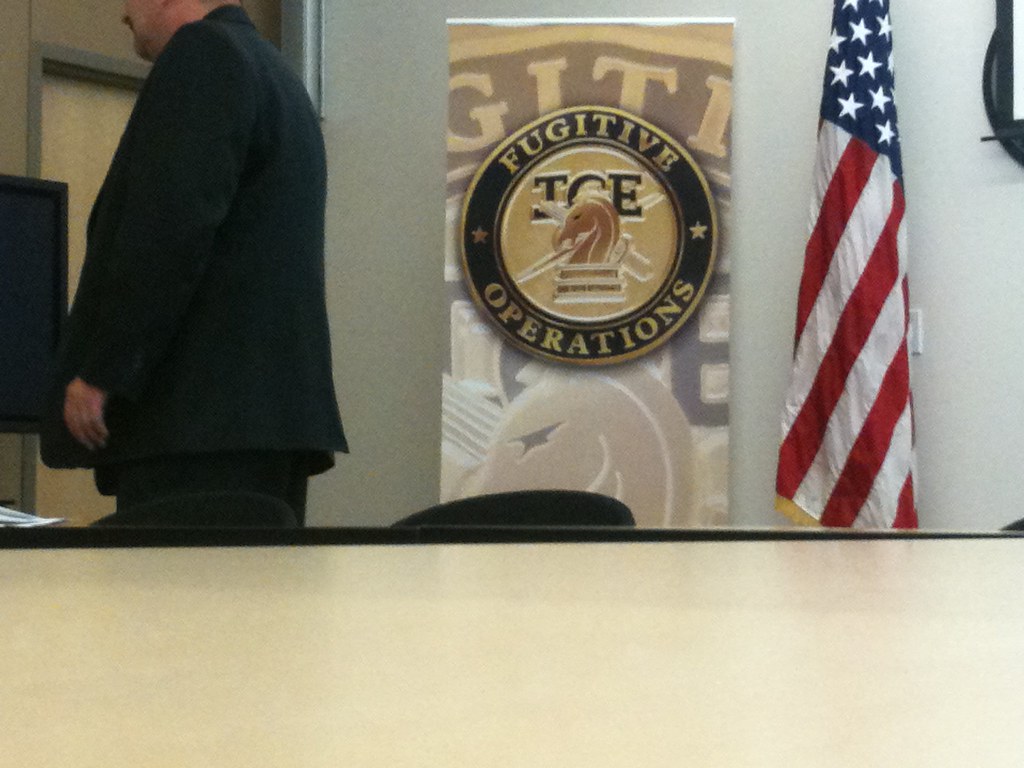Key takeaways:
- A federal agent aimed a rifle at a woman filming ICE activity.
- Suburban residents in Berwyn protest rising immigration enforcement.
- Experts warn of a violent push-and-pull spiral between residents and officers.
- A lawsuit claims federal agents used excessive force and suppressed the press.
On a recent afternoon in Berwyn, a woman rolled down her car window. She lifted her phone to record federal agents. Suddenly, a masked officer in camouflage aimed a rifle at her. The chilling image, shared by a Chicago Tribune journalist, shocked viewers online. It shows how immigration enforcement can turn tense in quiet neighborhoods. As more families speak out, questions rise about the use of force by federal agents.
Why Federal Agents Shifted Tactics
The Department of Homeland Security recently ordered ICE officers to increase arrests. In response, federal agents now use heavier gear and weapons. They wear masks, hide their badges and move in unmarked vans. This new approach follows top-level directives from the administration. Yet it puts officers face to face with everyday citizens. Many residents feel threatened when armed officers patrol their streets. As a result, federal agents and communities find themselves in a stalemate.
Community Response Gathers Strength
In Berwyn and nearby suburbs, locals formed neighborhood patrol teams. They share photos of ICE vans and record every encounter. Jess, a U.S. citizen patrol member, filmed the rifle incident. She says her team warns families and alerts lawyers if arrests occur. Each week, more volunteers join these watch groups. They hold peaceful protests, chant messages for justice and post updates online. Although they seek only to document, they now face armed federal agents.
Legal Pushback and Fears of Escalation
Amid growing tension, journalists and protesters filed a lawsuit against federal agents. They argue officers used excessive force to block demonstrations and press coverage. The suit demands clear limits on weapon use and mask-wearing. Aaron Reichlin-Melnick, an American Immigration Council fellow, warns of an “escalation spiral.” He fears each act of force will spark stronger resistance. Then federal agents may respond with even more aggressive tactics. Such a cycle could threaten public safety on both sides.
Trump’s Broader Federalization Moves
Chicago is not alone in facing unmarked officers. The president deployed similar teams to Los Angeles and Nashville. He also sent agents to patrol Washington, D.C., without local approval. Officials claim the goal is to curb crime and unrest. Yet many argue these moves target peaceful protestors instead. Mayors and police chiefs nationwide denounce this federal presence. Meanwhile, federal agents insist they only enforce immigration laws.
What Comes Next for Suburban Residents
As protests grow, suburban groups train volunteers on legal rights and safe recording. They host workshops on de-escalation and know-your-rights sessions. Civil rights lawyers offer advice on filing complaints against officers. In turn, federal agents prepare for more mass arrests and increased patrols. If tensions rise, both sides may face dangerous stand-offs. The coming weeks will test whether dialogue can replace confrontation.
Finding a Way Forward
Experts urge a balanced policy to protect safety and rights. They recommend strict rules on weapon use by federal agents. Visible badges and body cameras could boost transparency. Safe zones around protests would allow journalists to work freely. Regular meetings between community leaders and federal officers might ease fears. However, meaningful change hinges on action from Washington and local authorities.
Conclusion
The Berwyn rifle incident laid bare a new phase of U.S. immigration enforcement. While federal agents carry out orders, residents demand respect and accountability. Protests and lawsuits now challenge the limits of force in peaceful neighborhoods. Both sides face a choice: continue the spiral of escalation or seek a more balanced approach. Until then, federal agents stand on alert in camouflage, and communities watch with their phones in hand.
Frequently Asked Questions
What sparked the lawsuit against federal agents?
Journalists and protesters claim officers used excessive force and blocked press coverage. They filed suit to limit weapons and secret operations.
How does the escalation spiral work?
Each time federal agents use force, residents push back harder. In turn, agents may respond with even stronger tactics, fueling a cycle.
Why are federal agents in unmarked vans?
They aim to carry out immigration arrests discreetly, often to avoid interference and large public gatherings.
Can talks between community leaders and agents help?
Yes. Meetings and clear guidelines on weapon use and press access could ease tensions and build trust.

